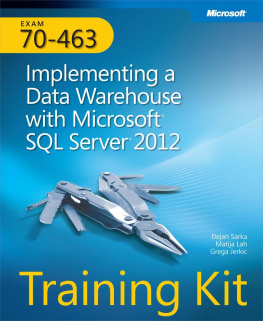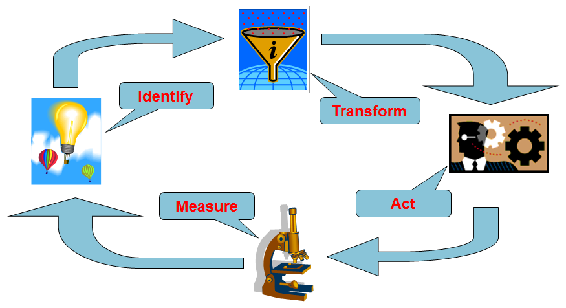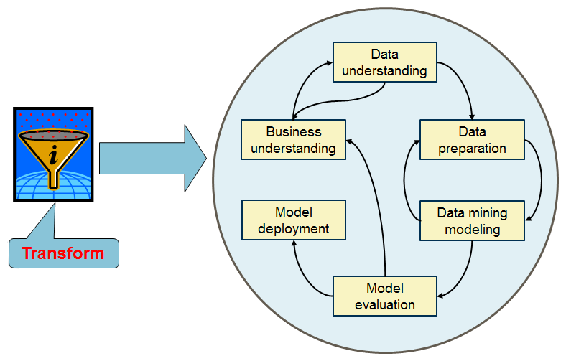Dejan Sarka [Dejan Sarka] - Data Science with SQL Server Quick Start Guide
Here you can read online Dejan Sarka [Dejan Sarka] - Data Science with SQL Server Quick Start Guide full text of the book (entire story) in english for free. Download pdf and epub, get meaning, cover and reviews about this ebook. year: 2018, publisher: Packt Publishing, genre: Home and family. Description of the work, (preface) as well as reviews are available. Best literature library LitArk.com created for fans of good reading and offers a wide selection of genres:
Romance novel
Science fiction
Adventure
Detective
Science
History
Home and family
Prose
Art
Politics
Computer
Non-fiction
Religion
Business
Children
Humor
Choose a favorite category and find really read worthwhile books. Enjoy immersion in the world of imagination, feel the emotions of the characters or learn something new for yourself, make an fascinating discovery.
- Book:Data Science with SQL Server Quick Start Guide
- Author:
- Publisher:Packt Publishing
- Genre:
- Year:2018
- Rating:5 / 5
- Favourites:Add to favourites
- Your mark:
Data Science with SQL Server Quick Start Guide: summary, description and annotation
We offer to read an annotation, description, summary or preface (depends on what the author of the book "Data Science with SQL Server Quick Start Guide" wrote himself). If you haven't found the necessary information about the book — write in the comments, we will try to find it.
Get unique insights from your data by combining the power of SQL Server, R and Python
Key Features- Use the features of SQL Server 2017 to implement the data science project life cycle
- Leverage the power of R and Python to design and develop efficient data models
- find unique insights from your data with powerful techniques for data preprocessing and analysis
SQL Server only started to fully support data science with its two most recent editions. If you are a professional from both worlds, SQL Server and data science, and interested in using SQL Server and Machine Learning (ML) Services for your projects, then this is the ideal book for you.
This book is the ideal introduction to data science with Microsoft SQL Server and In-Database ML Services. It covers all stages of a data science project, from businessand data understanding,through data overview, data preparation, modeling and using algorithms, model evaluation, and deployment.
You will learn to use the engines and languages that come with SQL Server, including ML Services with R and Python languages and Transact-SQL. You will also learn how to choose which algorithm to use for which task, and learn the working of each algorithm.
What you will learn- Use the popular programming languages,T-SQL, R, and Python, for data science
- Understand your data with queries and introductory statistics
- Create and enhance the datasets for ML
- Visualize and analyze data using basic and advanced graphs
- Explore ML using unsupervised and supervised models
- Deploy models in SQL Server and perform predictions
SQL Server professionals who want to start with data science, and data scientists who would like to start using SQL Server in their projects will find this book to be useful. Prior exposure to SQL Server will be helpful.
Downloading the example code for this book You can download the example code files for all Packt books you have purchased from your account at http://www.PacktPub.com. If you purchased this book elsewhere, you can visit http://www.PacktPub.com/support and register to have the files e-mailed directly to you.
Dejan Sarka [Dejan Sarka]: author's other books
Who wrote Data Science with SQL Server Quick Start Guide? Find out the surname, the name of the author of the book and a list of all author's works by series.

![Dejan Sarka [Dejan Sarka] Data Science with SQL Server Quick Start Guide](/uploads/posts/book/119640/thumbs/dejan-sarka-dejan-sarka-data-science-with-sql.jpg)

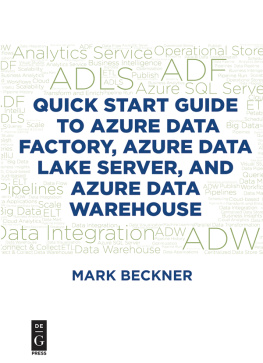
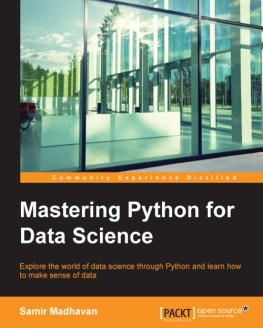
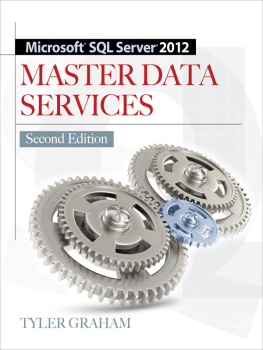
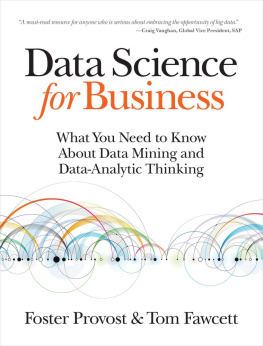
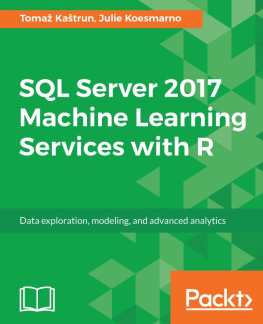
![EMC Education Services [EMC Education Services] - Data Science and Big Data Analytics: Discovering, Analyzing, Visualizing and Presenting Data](/uploads/posts/book/119625/thumbs/emc-education-services-emc-education-services.jpg)


